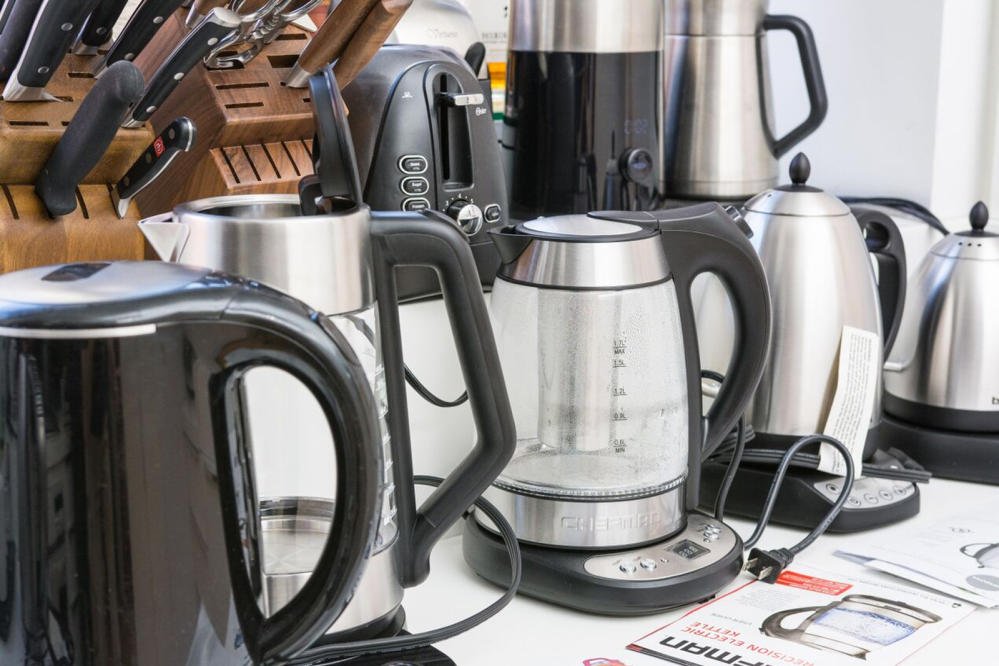
How to meal plan for weight loss?
This step-by-step guide aims to provide a comprehensive approach to meal planning for weight loss. The guide introduces various meal planning tools and strategies to help individuals effectively and efficiently plan their meals with the goal of achieving weight loss. It provides clear instructions and practical tips to assist individuals in making healthy food choices, creating balanced meal plans, and practicing portion control. By following this guide, individuals will be equipped with the necessary knowledge and tools to plan their meals in a way that supports their weight loss journey.
Set specific goals
Define your weight loss goals: Determine the amount of weight you wish to lose and set a realistic timeframe to achieve it. Take some time to reflect on your desired weight loss outcome and ascertain a specific number of pounds you want to shed. Once you have set your weight loss goal, establish a practical timeline that allows for steady progress towards your desired outcome.
Calculate your calorie needs
To calculate your calorie needs for weight loss, use a calorie calculator. Input your age, gender, height, weight, and activity level into the calculator. Once you have the result, subtract 500-1000 calories from that number to create a daily calorie deficit, which will aid in weight loss.
Plan your meals
Create a weekly meal plan that incorporates a wide range of nourishing foods. Be sure to maintain a balance in your meals and ensure they align with your calorie requirements.
Make a grocery list
To create a detailed grocery list based on your meal plan, start by identifying the healthy ingredients you need for each meal. For example, if you plan to make a salad, include items like mixed greens, cucumber, cherry tomatoes, and grilled chicken on your list. Avoid purchasing items that may hinder your weight loss goals, such as sugary snacks or processed foods. By following these steps, you can ensure that your grocery list is focused on healthy ingredients and supports your weight loss efforts.
Meal prep
To set yourself up for success in meal prep, block out time in your schedule each week to dedicate to preparing your meals in advance. This crucial step will not only save you time throughout the week but also make it easier for you to stick to your healthy eating plan. Here’s what you need to do:
- Choose a specific day and time: Select a day and time that works best for you to dedicate solely to meal prep. Make sure you have a few hours available to minimize interruptions.
- Plan your meals: Before you begin your meal prep session, create a meal plan for the upcoming week. This will help you decide what recipes to prepare and what ingredients you’ll need.
- Make a detailed shopping list: Based on your meal plan, make a comprehensive shopping list containing all the ingredients required for your recipes. Double-check your pantry and fridge to ensure you don’t forget anything.
- Purchase groceries: Go to the grocery store or order your groceries online, using your well-prepared shopping list as a guide. Try to choose fresh, whole foods whenever possible.
- Start prepping: Once you have all your ingredients, it’s time to begin meal prepping. Set aside a clean and organized workspace in your kitchen, gather your cooking utensils, and get started with the following tasks:
- Wash and chop vegetables: Clean and chop your vegetables according to your recipes or personal preference. Store them in airtight containers or zip-lock bags, so they’re ready to use when you need them.
- Cook grains, proteins, and legumes: If your recipes involve cooked grains, proteins (such as chicken or tofu), or legumes (like beans or lentils), prepare them in advance. Follow each recipe’s instructions or your preferred cooking method.
- Portion and pack: Divide your cooked meals into individual portions to ensure easy grab-and-go options throughout the week. Use BPA-free containers or meal prep containers to keep your meals fresh and easy to transport.
- Label and refrigerate or freeze: Before storing your prepped meals, label each container with its contents and the date. Refrigerate meals that will be consumed within the next few days, and freeze those that you won’t use immediately.
By setting aside time each week to prepare your meals in advance, you’ll create a streamlined process that saves time and helps you adhere to your meal plan effortlessly. With practice, you’ll become a master of meal prep, empowering yourself to make healthy eating choices and stay on track towards your goals.
Track your progress
To keep track of your progress, start by keeping a record of your meals. Take note of what you eat and when you eat it. This will help you stay accountable and make adjustments if necessary.
Stay consistent
Stay consistent in order to achieve your weight loss goals. Stick to your meal plan and avoid deviating from it. This means planning your meals in advance, grocery shopping accordingly, and preparing your meals in advance to avoid last-minute temptations or unhealthy choices. For example, you can batch cook your meals for the week on Sundays, portion them out, and have them readily available to grab and go throughout the week. Additionally, make sure to keep track of your progress and stay committed to your exercise routine, making it a regular part of your daily or weekly schedule. Consistency is key to successful and sustainable weight loss.
Stay hydrated
Drink plenty of water throughout the day to stay hydrated. This will not only help you feel fuller but can also aid in weight loss. Make it a habit to carry a water bottle with you and aim to drink at least 8 cups (64 ounces) of water daily.
Seek professional guidance
- Research reputable dietitians or nutritionists in your area who specialize in weight loss.
- Schedule an initial consultation to discuss your goals, dietary preferences, and medical history.
- Follow their personalized meal and exercise plans to reach your weight loss goals effectively.
- Seek regular follow-up appointments to monitor progress and make necessary adjustments to your plan.
Key Takeaways
In conclusion, meal planning plays a crucial role in achieving weight loss goals. Through careful organization and preparation, individuals can make healthier food choices and maintain a consistent eating routine. By prioritizing nutrient-dense meals and controlling portion sizes, one can create a sustainable and balanced eating plan. Consistency is key in this process, as it helps to establish healthy habits and promotes long-term success. By following the tips and strategies outlined in this guide, individuals can effectively meal plan for weight loss and ultimately achieve their desired results.
Effective Strategies
Using Meal Planning Tools Efficiently
- Start by identifying your dietary goals: Before using meal planning tools, it’s essential to determine what your dietary goals are. This may include weight loss, maintaining a balanced diet, or following a specific eating plan such as vegetarian or keto
- Familiarize yourself with meal planning apps or websites: There are numerous meal planning tools available online or in the form of mobile applications. Spend some time exploring these platforms to find one that suits your needs and preferences
- Input your preferences and dietary restrictions: Once you’ve chosen a meal planning tool, ensure that you input your dietary preferences and any restrictions you may have. This step will enable the tool to generate personalized meal plans that align with your specific requirements
- Browse and select meals: After customizing your settings, take advantage of the available recipe archives or databases offered by the meal planning tool. Browse through the options, select meals that appeal to you, and add them to your meal plan for the desired timeframe
- Generate a shopping list: Once you have chosen your meals, some meal planning tools also have the functionality to automatically generate a shopping list based on the ingredients required for the selected recipes. Review the list, cross-check it with your kitchen inventory, and make any necessary adjustments before heading to the grocery store
- Remember, using meal planning tools can be a time-saving and efficient way to organize your meals and improve your diet. As a beginner, don’t be afraid to experiment and adjust your meal plans until you find a system that works best for you
Frequently Asked Questions about Meal Planning Tools
Can I customize meal planning tools to suit my family’s preferences and tastes?
Yes, you can customize meal planning tools to suit your family’s preferences and tastes. Many meal planning tools and apps available today provide features that allow you to personalize your meal plans. These tools often offer a variety of options, including the ability to add or exclude specific ingredients, choose dietary restrictions, and select preferred cuisines. By utilizing these customization features, you can create meal plans that cater to your family’s unique preferences and tastes.
Are there any meal planning tools that integrate with grocery delivery or shopping apps?
Yes, there are several meal planning tools available that integrate with grocery delivery or shopping apps. These tools help individuals or families plan their meals efficiently and seamlessly by allowing them to create meal plans, generate shopping lists, and even order groceries directly from the app. Some examples of popular meal planning tools that offer integration with grocery delivery or shopping apps include Mealime, Plan to Eat, and Paprika. These tools not only streamline the meal planning process but also contribute to a more convenient and organized approach to grocery shopping and meal preparation.





